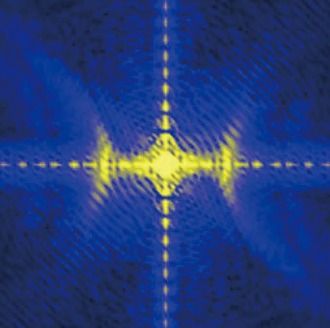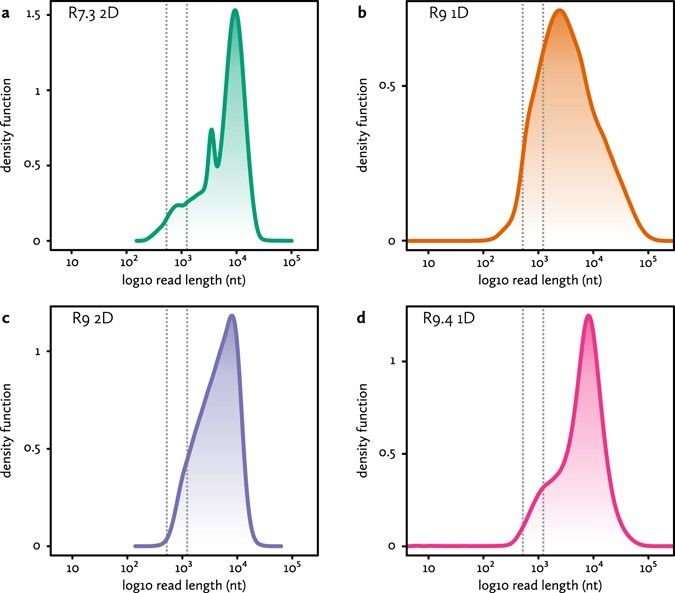Mobile phones and computers are currently responsible for up to 8% of the electricity use in the world. This figure has been doubling each past decade but nothing prevents it from skyrocketing in the future. Unless we find a way for boosting energy efficiency in information and communications technology, that is. An international team of researchers, including Ikerbasque Research Associate Alexey Nikitin (DIPC), has just published in Nature 1 a breakthrough in quantum physics that could deliver exactly that: electronics and communications technology with ultralow energy consumption.
Future information and communication technologies will rely on the manipulation of not only electrons but also of light at the nanometer-scale. Squeezing light to such a small size has been a major goal in nanophotonics for many years. Particularly strong light squeezing can be achieved with polaritons, quasiparticles resulting from the strong coupling of photons with a dipole-carrying excitation, at infrared frequencies in two-dimensional materials, such as graphene and hexagonal boron nitride. Polaritons can be found in materials consisting of two-dimensional layers bound by weak van der Waals forces, the so-called van der Waals materials. These polaritons can be tuned by electric fields or by adjusting the material thickness, leading to applications including nanolasers, tunable infrared and terahertz detectors, and molecular sensors.
But there is a major problem: even though polaritons can have long lifetimes, they have always been found to propagate along all directions (isotropic) of the material surface, thereby losing energy quite fast, which limits their application potential.







